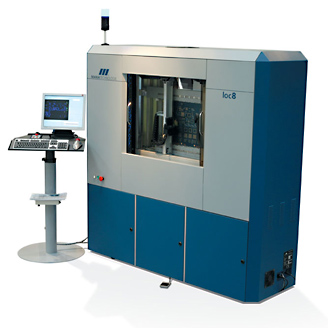Resistance testing measures the resistance found in the net. As electric current flows through a conductor collisions between electrons and atoms interfere with the flow of the electrons. This is known as resistance and it's measured in ohms.
A good conductor has LOW resistance - at common temperatures silver is the best conductor and copper is second. The amount of resistance depends on the conductor's length and its cross-sectional area. If you have two circuits of the same material and the same cross-section and one is twice as long as the other - the longer one has TWICE as much resistance. If you have two circuits of the same material and the same length but one is twice as thick as the other - the thicker conductor will have HALF the resistance.
So Resistance is proportional to length and inversely proportional to the cross-sectional area of a conductor and dissipates power in the form of heat.


